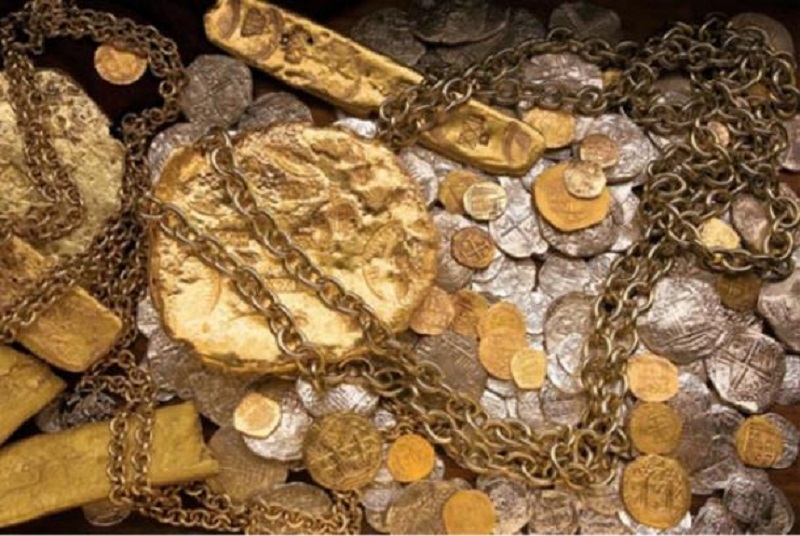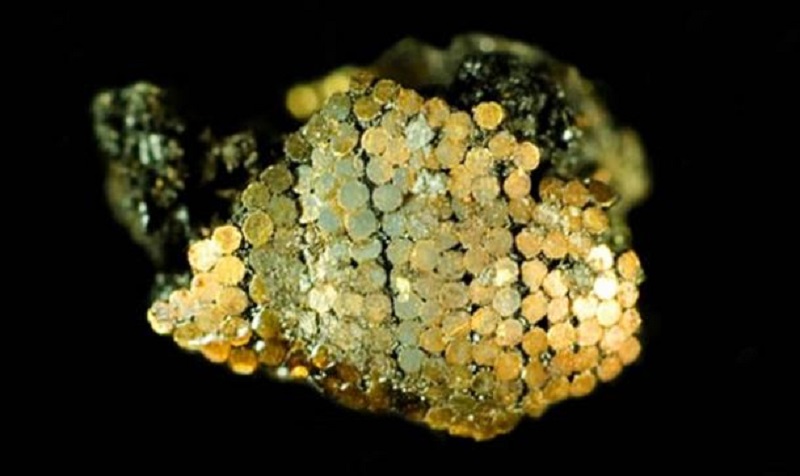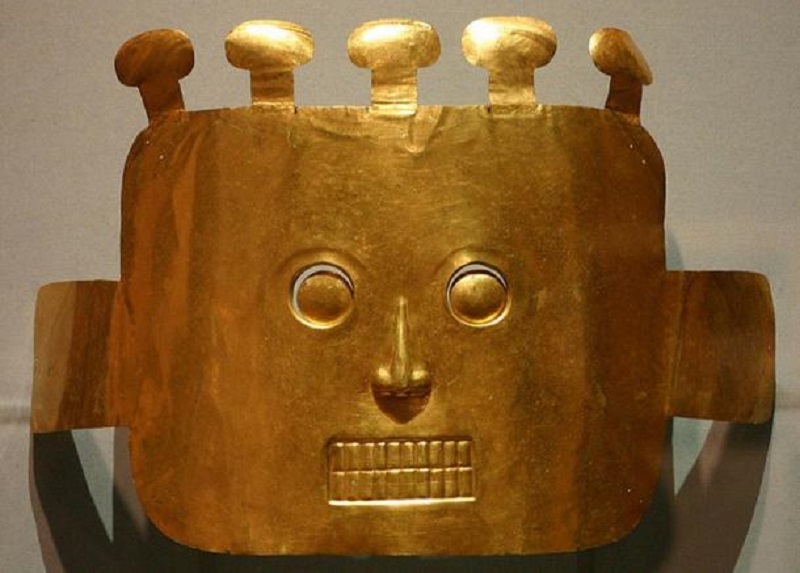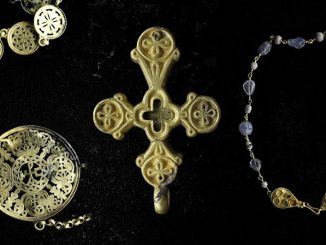Throughout the centuries, people have long been fascinated by the prospect of finding a long-lost treasure. While many people have devoted their lives to searching for gold before ‘getting lucky’, others stumble upon ancient treasures by accident. Many of these stories have happy endings, with priceless treasures now preserved and protected in museums, while others reveal the tragedies of grave robberies, tomb destruction and trade. dark antiques on the black market. Here we explore ten of the most spectacular discoveries of golden treasures from the ancient world.
Nuestra Senora de Atocha, Treasure Under the Ocean – Florida, USA

The Tierra Firme fleet, consisting of 20 ships, left the Cuban port of Havana en route to Spain on September 4, 1622. These ships carried the wealth of an empire along with their crews, soldiers and passenger. The next day, the fleet encountered a storm while entering the Straits of Florida. By the next morning, eight ships were scattered on the ocean floor from the Marquesas Keys to the Dry Tortugas.
Nuestra Senora de Atocha (“Our Lady of Atocha”), is among them. It was a heavily armed galleon that sailed as Almirante (defender). Atocha was carrying a huge treasure trove from Columbia, Peru and other areas in South America – possibly purchased by questionable means – including 24 tons of silver bullion in 1038 bars, 180.00 pesos in coins silver, 582 copper ingots, 125 gold ingots and plates, 350 indigo chests, 525 bales of tobacco, 20 bronze cannons, and 1,200 pounds of worked silverware. Spanish rescuers searched for Nuestra Senora de Atocha for 60 years but they never found it.
The mission to find Atocha and her treasure became the constant pursuit of a deep-sea diver-turned-chicken farmer named Mel Fisher, who persistently searched for the treasure for 16 years from 1969. It was July 1985, when the Fisher family struck gold. – they found Nuestra Senora de Atocha and its treasure. Artifacts worth about half a billion dollars were brought to the surface, making it one of the most valuable shipwrecks ever discovered. Artifacts from Atocha are now part of the collection of the Mel Fisher Maritime Heritage Society Museum in Florida.
Bronze Age treasure from the Bush Barrow burial site near Stonehenge – England.
In 1808, William Cunnington, one of Britain’s earliest professional archaeologists, discovered what became known as the jewel in the crown of the ‘King of Stonehenge’. They were found in a large Bronze Age tomb, just ½ mile from Stonehenge, now known as Bush Barrow. In the 4,000-year-old tomb cart, Cunnington found ornate jewelry, a gold lozenge that fastened his cloak, and an ornate dagger.
The process involved in creating the handle of a dagger, decorated with 140,000 tiny gold rivets just 1/3 of a millimeter wide, involves the production of extremely fine gold wire, just thicker than a strand of hair. people a little. The end of the wire is then flattened to form the head of the rivet, which is then cut with a very sharp flint or obsidian razor, just a millimeter from the tip. This delicate procedure was then repeated literally tens of thousands of times. Small holes were then made in the dagger handle to position the rivets and resin coated the surface to hold the rivets in place. It is estimated that the entire process of creating the dagger handle would take approximately 2,500 hours to complete.
Malagana Treasure: Gold and Greed, a Lost Civilization Plundered – Colombia
In 1992, a sugarcane farm worker was working with a tractor in a field at Hacienda Malagana located in the Cauca Valley of Colombia, when the ground gave way and both man and machine fell. As the worker tried to solve his predicament, he noticed layers of shiny, golden objects in the soil. Upon closer inspection, he realized he had found a huge treasure. The worker immediately set to work retrieving the treasure, which included golden masks, bracelets, jewelry and other precious relics. He is soon joined by other employees and locals, who learn that there is treasure buried in the fields and a looting frenzy begins. Between October and December 1992, around 5000 people are said to have visited Hacienda Malagana in what has been described as the “Malagana Gold Rush”.
Nearly four tons of pre-Columbian artifacts were removed from the site and miserably melted down or sold to collectors. Hundreds of graves were destroyed in the process. Bogotá’s Oro Museum is said to have recovered a number of gold objects looted from Malagana in late 1992. About 150 pieces of Malagana gold were eventually redeemed, with nearly 500 million pesos ($300,000) secured. museum paid to looters in conservation efforts. artifacts. Unfortunately, looting at Hacienda Malagana has continued since the initial landings in 1992 (although the numbers have decreased) and cases of digging were reported as recently as 2012.
Eberswalde Treasure: Bronze Age Gold Treasure – Germany
The Eberswalde Hoard is a gold treasure unearthed during an excavation in the northeast area of Berlin, Germany in 1913. It is one of the country’s most priceless treasures and is believed to be a collection of prehistoric gold. Largest history of objects discovered in Germany to date. The treasure includes 81 antique gold objects, including 60 steel wire spirals, eight gold bowls and one gold bar. The total weight of these objects was reported to be 2.6 kg. It is believed that they come from the 11th or 10th century BC.
The original purpose or use of the Eberswalde Hoard remains unclear, although one scholar suggests that it was a collection of sacred objects. For example, it has been argued that vases were the most common type of sacred offering during the Bronze Age. The Eberswalde Treasure is believed to have belonged to a goldsmith named Villena-type, originating from the Iberian Peninsula, because of its resemblance to the Treasure of Villena. The treasure is currently located in Russia and Germany is trying to get it back.
To be continued





